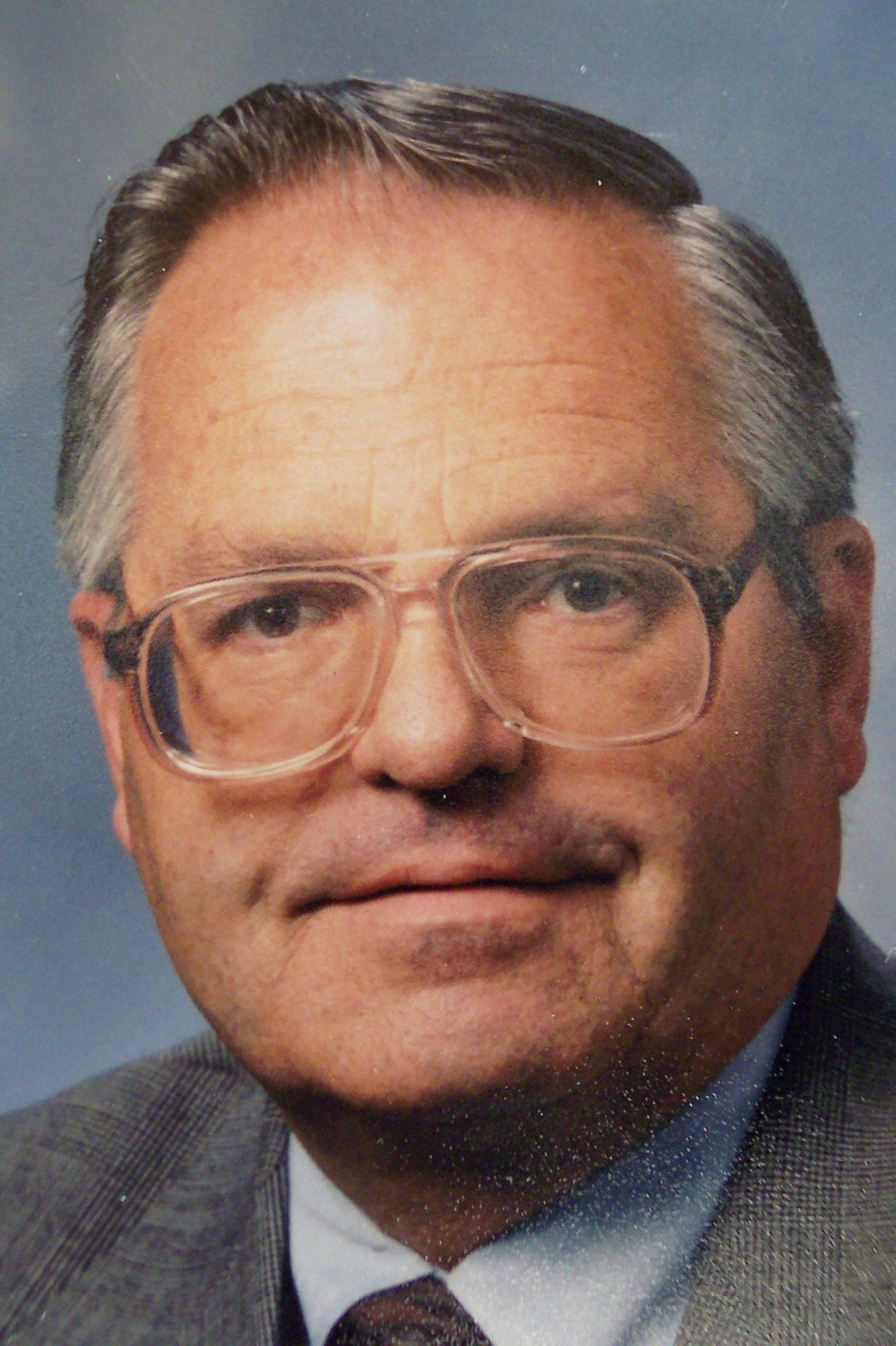The DHF, Technical Documentation - Similarities, Differences and the Future
May 13 - 14, 2025 | US Eastern Time: 10 AM to 4 PM | Central Europe Time: 4 PM to 10 PM
- Faculty: JOHN E. LINCOLN
- Product ID: SEM3553
Learn More
Key regulatory documents are continuously updated with the latest U.S. FDA and European Union requirements. As U.S. companies go global, they must meet different product design documentation. The cGMPs mandate Design Control and the Design History File (DHF). In order to sell globally, the EU's CE-marking documentation is a requirement - the Technical File or Design Dossier under the old MDD, and the Technical Documentation requirements of the new MDR. Currently, they serve different purposes and support different goals, but the TD File is moving in the direction of the DHF.
And the DHF is adapting to some of the features of the TD File. And how / where do the DMR and DHR fit? Being aware of the similarities and differences in the files and their individual documents can further concurrent development and/or updates to both.
WHY YOU SHOULD ATTEND
This seminar will examine the existing and proposed requirements for the U.S. FDA's DHF - including its derivative documents, the DMR, and DHR. It will consider the European Union's new MDR Technical Documentation requirements, which replace the old Technical File / Design Dossier. It will evaluate the documents' differing purposes/goals, as well as the two different device classification schemes, and CE-marking requirements. Required and desirable contents will be discussed.
Also considered: Areas requiring frequent re-evaluation/update; Similarities and differences; Future trends; Typical DHF Table of Contents; Technical Documentation Table of Contents; The importance and usefulness of the new "General Safety and Performance Requirements" (replacing the old "Essential Requirements"); Structure of the "Declaration of Conformity"; self-declaring or N-B reviewed and changes; parallel approaches to development. Finally, the differing approaches to file audits by the FDA and the Notified Body will be discussed.
WHO SHOULD ATTEND:
- Quality Assurance Departments
- Research and Development Departments
- Regulatory Affairs Departments
- Manufacturing Departments
- Engineering Departments
- Operations Departments
- Production Departments
- Supplements
- Marketing Departments
- Documentation Departments
AGENDA
DAY 1 (10 AM to 4 PM) Lecture 1:
Lecture 2:
Lecture 3:
Lecture 4:
| DAY 2 (10 AM to 4 PM) Lecture 5:
Lecture 6:
Lecture 7:
Lecture 8:
|
COURSE DIRECTOR: JOHN E. LINCOLN
 | John E. Lincoln, is Principal of J. E. Lincoln and Associates LLC, a consulting company with over 36 years experience in U.S. FDA-regulated industries, 22 of which are as an independent consultant. John has worked with companies from start-up to Fortune 100, in the U.S., Mexico, Canada, France, Germany, Sweden, China and Taiwan. He specializes in quality assurance, regulatory affairs, QMS problem remediation and FDA responses, new / changed product 510(k)s, process / product / equipment QMS and software validations, ISO 14971 product risk management files / reports, Design Control / Design History Files, Technical Files, CAPA systems and analysis. He’s held positions in Manufacturing Engineering, QA, QAE, Regulatory Affairs, to the level of Director and VP (R&D). In addition, John has prior experience in military, government, electronics, and aerospace. He has published numerous articles in peer reviewed journals, conducted workshops and webinars worldwide on CAPA, 510(k)s, risk analysis / management, FDA / GMP audits, validation, root cause analysis, and others. He writes a recurring column for the Journal of Validation Technology. John is a graduate of UCLA. |